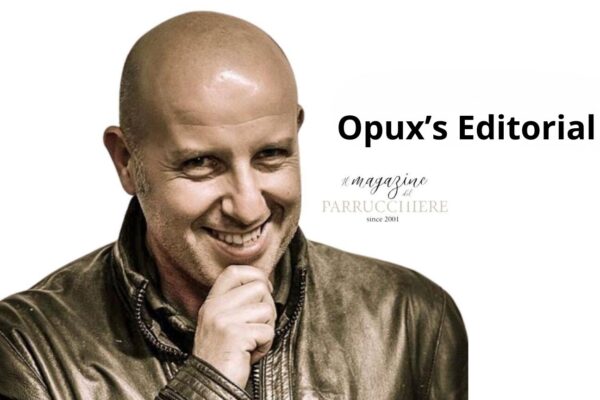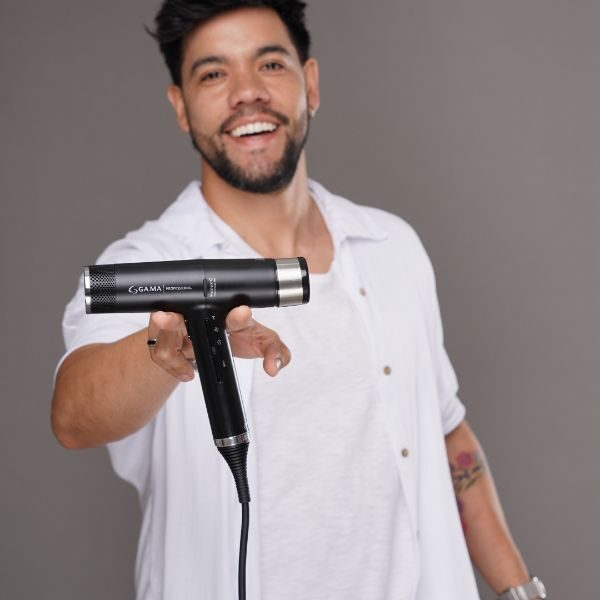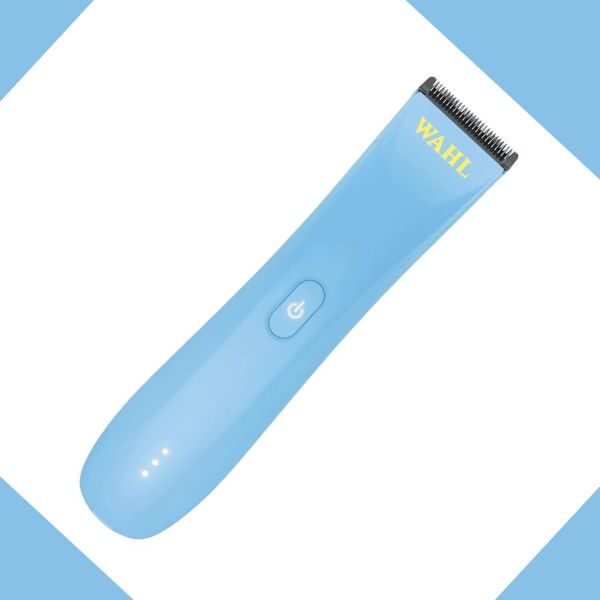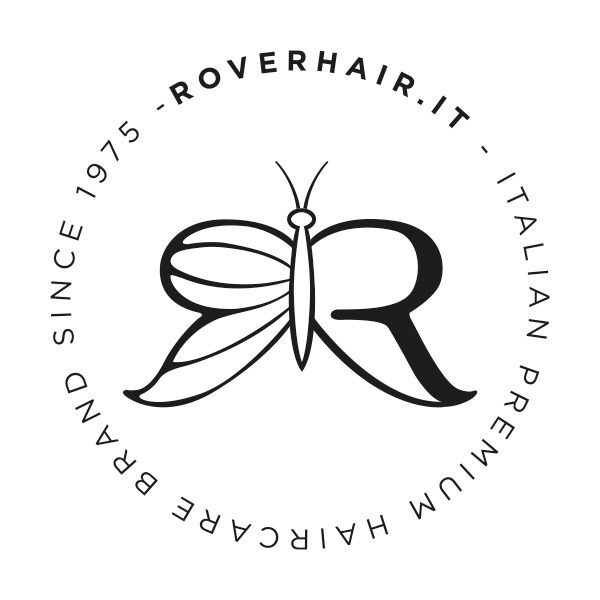Natural Hair Colors: The New Frontier of Wellness in Salons
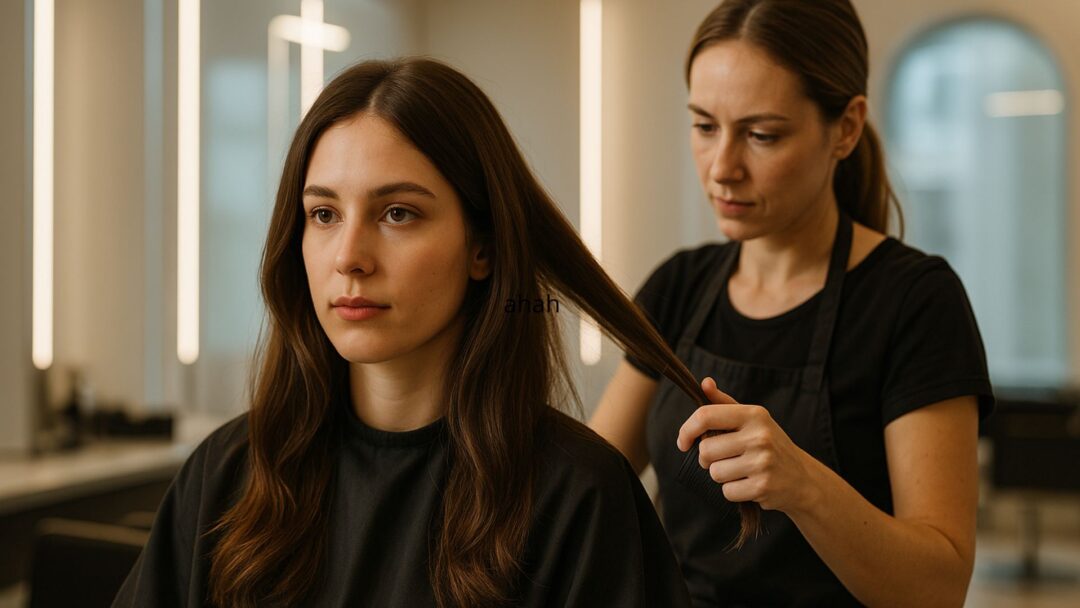
The rise of natural hair color isn’t a passing trend — it’s a cultural shift.
Today’s clients want beauty that feels good: formulas that respect the scalp, preserve the hair’s structure, and align with a sustainable lifestyle.
For hairstylists, this movement represents both an opportunity and a challenge: how to offer nature-inspired results without sacrificing the performance expected from professional color systems.
1. The true meaning of “natural” in color chemistry
Let’s be clear: in professional cosmetics, “natural” doesn’t mean “chemical-free.”
Every color process involves chemical reactions — but the new generation of products uses milder agents, replacing aggressive substances with plant-derived lipids, amino acids, and sugar-based surfactants.
Modern “natural colors” are hybrid formulas.
They contain up to 95% ingredients of natural origin but rely on advanced science to ensure stability, coverage, and brilliance.
Brands like Framesi with its Morphosis Color Protect line or Davines View are leading this evolution — offering high-performing products that respect the hair’s natural lipid balance and maintain shine without ammonia or resorcinol.
2. The rise of the vegetal veil
One of the biggest trends in salons is the vegetal veil technique — a soft overlay of pigment that enhances, rather than covers, the natural shade.
It’s ideal for clients who want radiance and tonal balance rather than a total color transformation.
The results? Soft reflections, luminous tones, and dimension that looks effortless.
However, achieving this requires precision in application — temperature, exposure time, and correct pre-pigmentation can make or break the final effect.
3. Between myth and reality
There’s a dangerous misunderstanding spreading online: that “natural” automatically means harmless.
Not true.
Even plant-derived pigments can trigger allergic reactions, and the absence of ammonia doesn’t mean zero oxidation.
The real advantage of these products is reduced aggressiveness and better comfort for the scalp, not magical results.
Professional knowledge remains essential — because no ingredient replaces technique.
4. The future of color is intelligent chemistry
The best “natural” colors are actually examples of smart chemistry — systems where technology amplifies what nature offers.
We’re seeing enzymatic activators, biodegradable emulsions, and packaging designed with life-cycle impact in mind.
It’s no longer about going green for image — it’s about creating a sustainable performance model where the hairstylist becomes both artist and environmental ambassador.
5. The stylist’s responsibility
Ultimately, the hairstylist’s role is to interpret, not to imitate nature.
We must educate clients: a natural color doesn’t last forever, it doesn’t bleach the hair, and it needs maintenance.
But it offers something equally powerful — authenticity.
The success of natural color services depends not on marketing, but on the stylist’s technical mastery and transparency with their clients.
Conclusion
Natural hair color isn’t about returning to the past — it’s about reimagining the future of beauty through responsibility and intelligence.
It’s chemistry, craftsmanship, and care blended into one philosophy: beauty that respects life, fiber, and truth.
Author:
Lorenzo – Technical Director, Il Magazine del Parrucchiere




